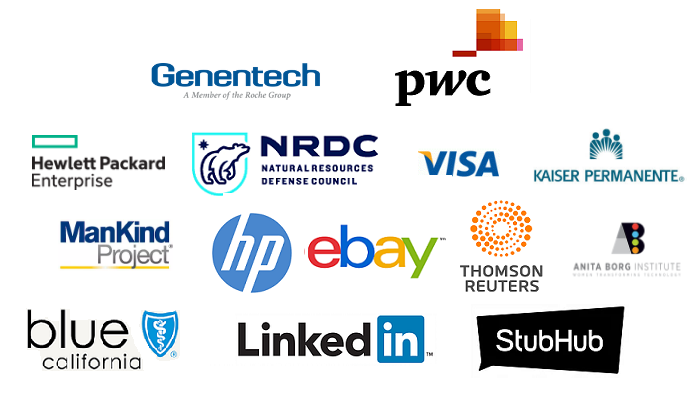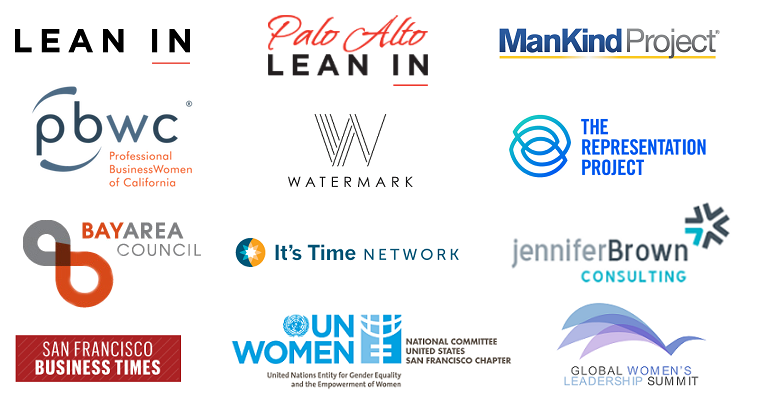
A Safe Space For Every Man: Vulnerability, Masculinity, And Modeling Allyship

Ray Arata, Founder of the Better Man Conference and Co Founder of Gender Leadership Group.
Just over a couple weeks ago 200+ leaders and many great diverse speakers and panelists, both men and women came together to be a part of the movement to engage men as inclusionary leaders at the Better Man Conference 2017.
The Better Man Conference is a safe place for male leaders to enter into the inclusion conversation.
One of our popular guest speakers was Jennifer Brown, diversity and inclusion expert, speaker, and author of Diversity, The New Workplace and The Will To Change.
Below we've republished Jennifer's newsletter from last week in which she reflects on her experience at the conference and discusses the importance of creating A Safe Space For Every Man: Vulnerability, Masculinity and Modeling Allyship.
I was in the Mission Bay Conference Center in San Francisco, on a stage in front of the largest group of men I had ever seen gathered together in one place, at the same time, to talk about inclusion at the Better Man Conference.

Jennifer Brown, Diversity and Inclusion Expert, Speaker, and Author of Diversity, The New Workplace and The Will To Change.
There were executives, leaders, emerging leaders and changemakers; men from big corporate, men from the entrepreneurial community, men from early stage tech companies; coaches, contractors and consultants.
To stand on that stage and look out at hundreds of men, willing to learn from one another—men who were challenged, during the course of the conference, to model the value they place on inclusion in public, and make it safe for others to do the same—was a powerful experience.
As a woman and keynote speaker, I realized I had a certain role to play, as teacher, supporter, witness, and mentor.

But I also recognized the piece that is needed at so many conferences and workplaces—and that is an intersectional safe space in which men of all races, sexual orientations, generations, privileged and marginalized identities can be totally vulnerable, ask questions and say, "I'm still learning and there are some things that I'm not going to get right, but I am committed to doing better." Inclusion of all kinds and definitions of men in the conversation will be critical, as this conversation develops.
As Better Man Conference founder Ray Arata said in a conversation for The Will To Change podcast, “For the modern-day, inclusionary leader, [it’s] a combination of humility, being humble, being in one’s heart, understanding the power of vulnerability, and recognizing where we are on the spectrum of being an ally. It’s that kind of [leadership] that’s going to give permission to be human to other leaders, middle managers, all the way down, to lend their hands, lend their support [and] be willing to make mistakes.”

Inclusion is a journey, not a destination, which means it is critical that there is room for transparency, learning and accountability along the way.
In describing the beginning of his leadership journey, Adam Pisoni, Co-founder of Yammer—and an incredible Ally who has made it a point to make hiring decisions that set the tone for inclusion—admits, “There was a lot I had to learn. The more I learned, the more I realized I didn’t know... I spent a lot of energy talking to more people, hanging out with more diverse groups, and not just making [inclusion] something I cared about, but a part of my life.”
As I talk about in this blog post: “Some people are born being allies who are passionate about equality. Others learn to be over time. Regardless, all allies—and future allies—require support and coaching and trust in order to progress.”
His admission affirms what I write about in this Medium article post-Google memo, “We also need to see leaders, whom we assume aren’t “diverse,” to stand up and share more of themselves. They need to take risks, be authentic, and learn to tell their less-than perfect stories in order to set a different tone because hyper-masculine styles of leadership which reveal very few personal details are alienating to so many, not sufficiently reflective of the world around us, and even unhealthy.

Kat Gordon has mastered the art of creating an intersectional safe space at her 3% Conference, which I have the honor of speaking at in November. The event website explains that it is “not a women’s conference, but a business event about the importance of diversity to creativity.” The primary objective of the conference is to change the ratio of Creative Directors because “the more varied the people who come up with ideas, the better the ideas will be.”
Talks include topics like, “How Allies Can Be Part of the Solution” which discusses “How a white dude can help change the ratio for women.” The conference includes all voices, and provides different tracks and safe spaces to explore different perspectives for those who need it, while providing attendees with a list of 100 micro-actions to start making changes immediately.
The bottom line is that we cannot have a conversation about diversity without inviting in every man, and we cannot have safe spaces without men who are willing and ready to fill them.
What are your thoughts on this? Do you hesitate to use your voice on behalf of others because you're worried you'll say the wrong thing?
What kind of safe space do you have at your disposal, or could you help to create?
-Jennifer
Jennifer Brown
President and Founder, Jennifer Brown Consulting
Jennifer Brown is an award-winning entrepreneur, dynamic speaker and diversity and inclusion expert. She is the founder of Jennifer Brown Consulting and author of the best-selling book Inclusion: Diversity, The New Workplace and The Will To Change. Click here to download the first chapter free.
THANK YOU to 2017 BETTER MAN CONFERENCE SPONSORS

THANK YOU to 2017 BETTER MAN CONFERENCE MARKETING PARTNERS



